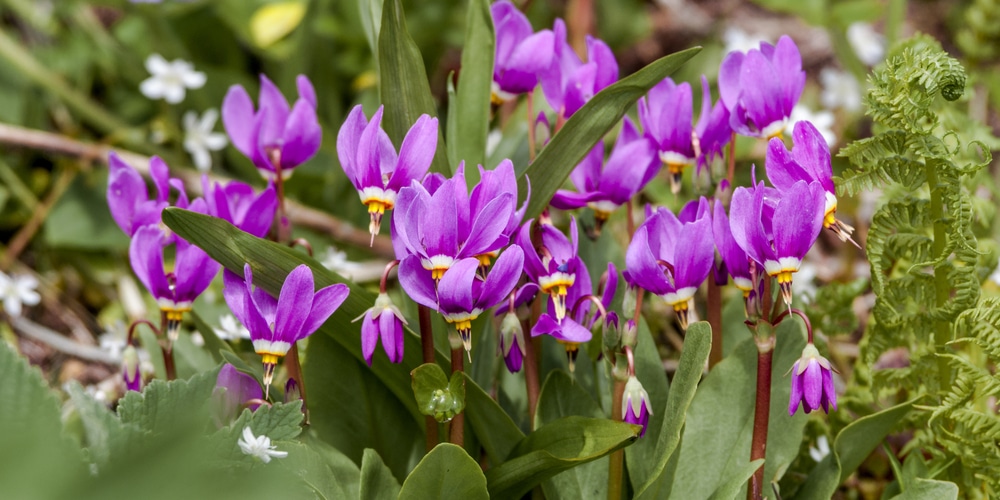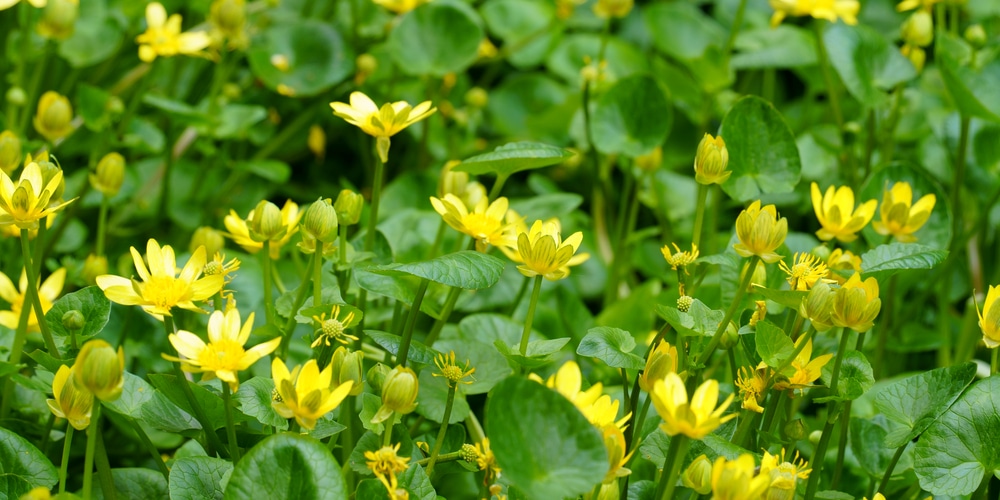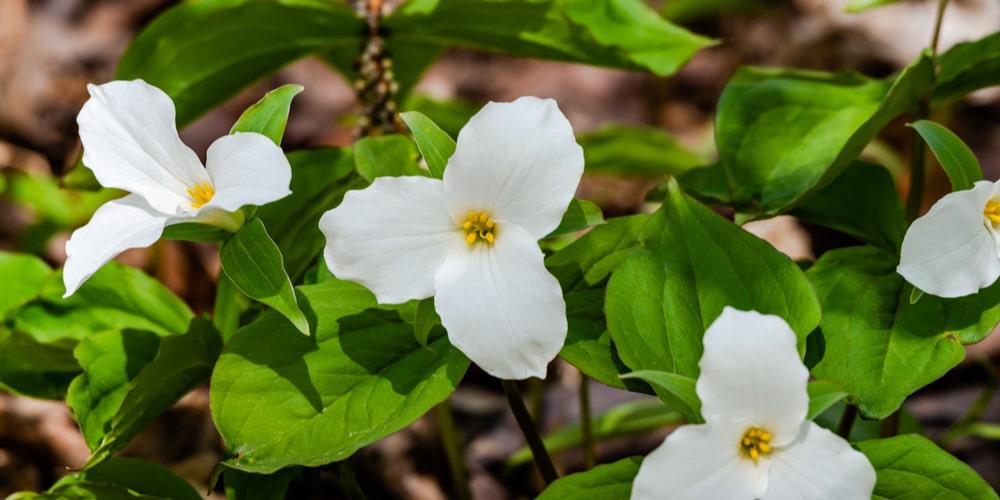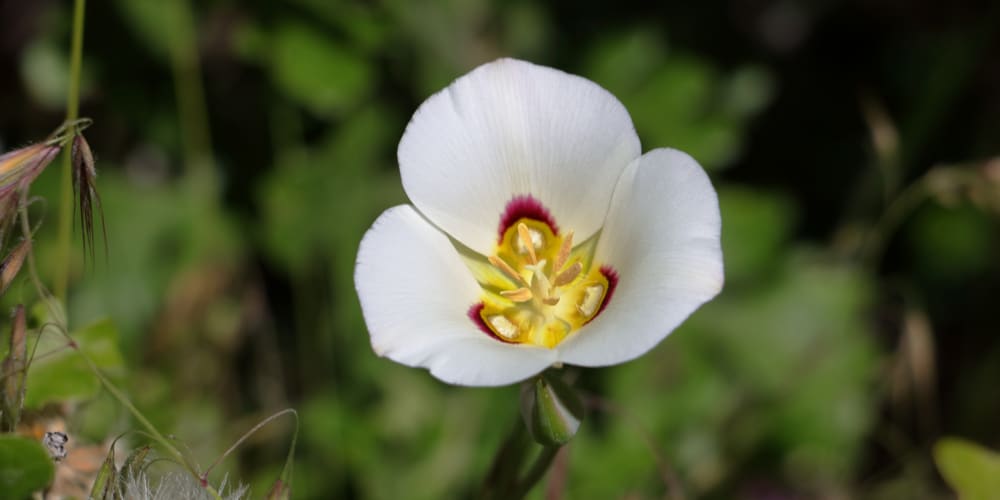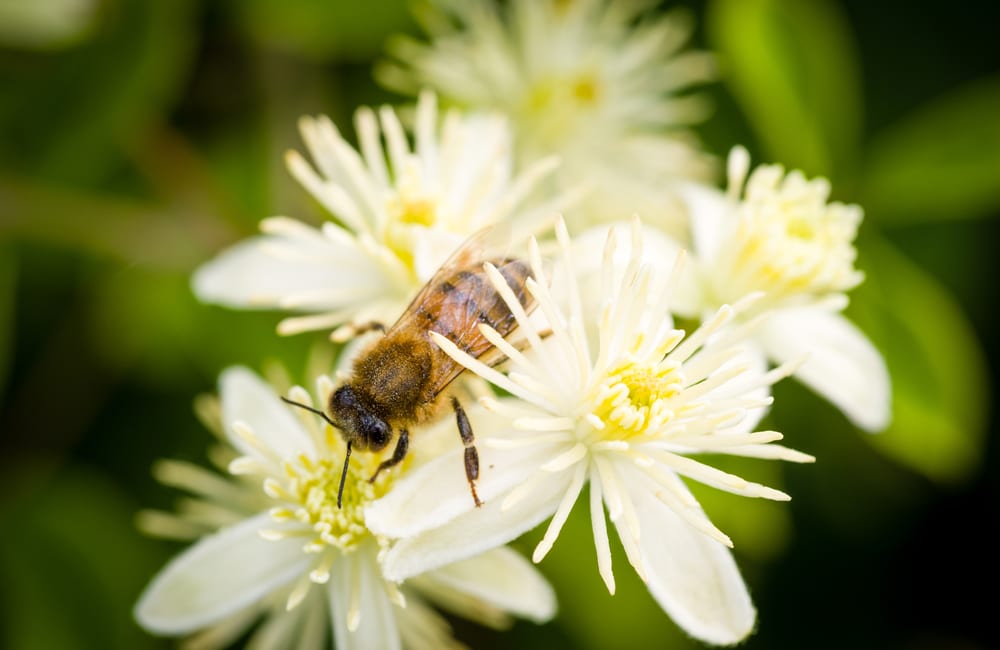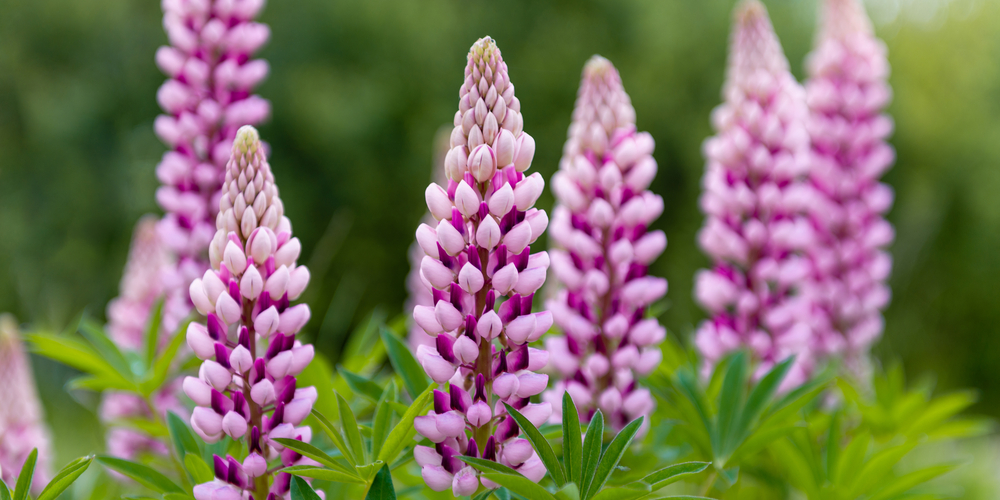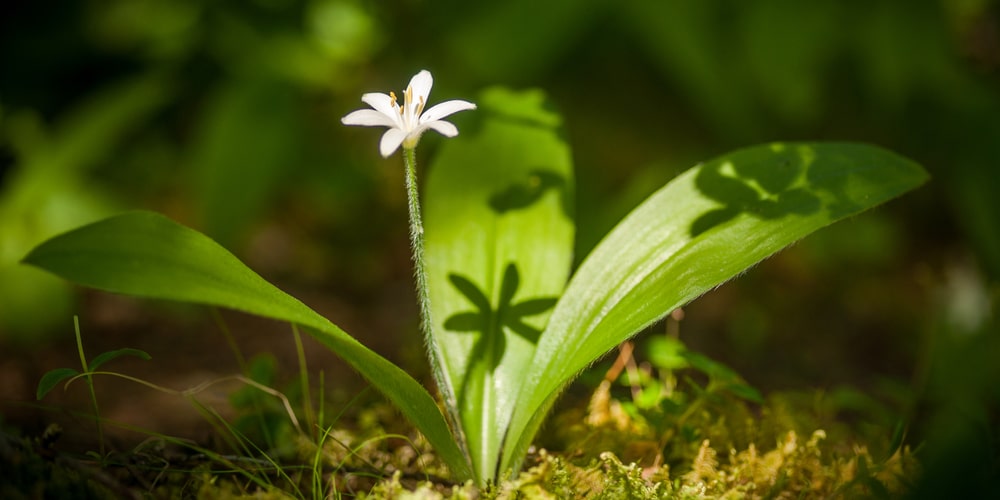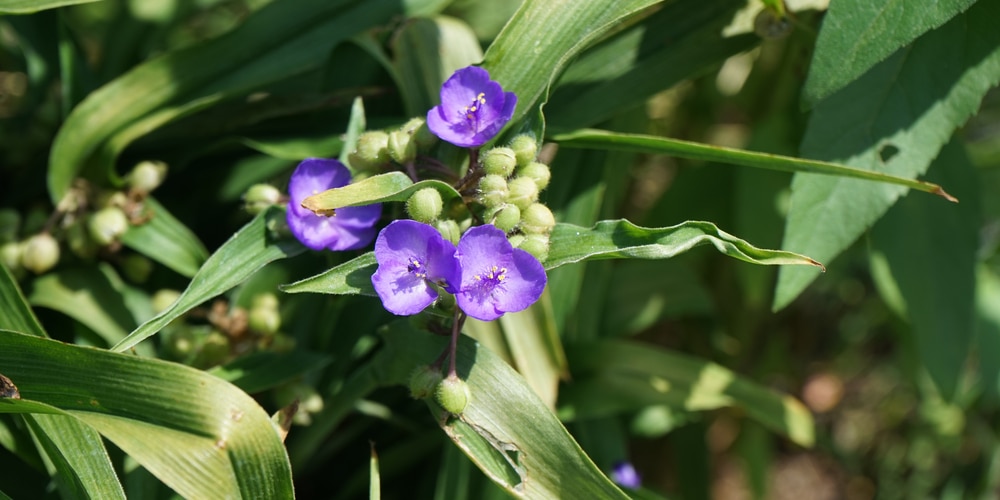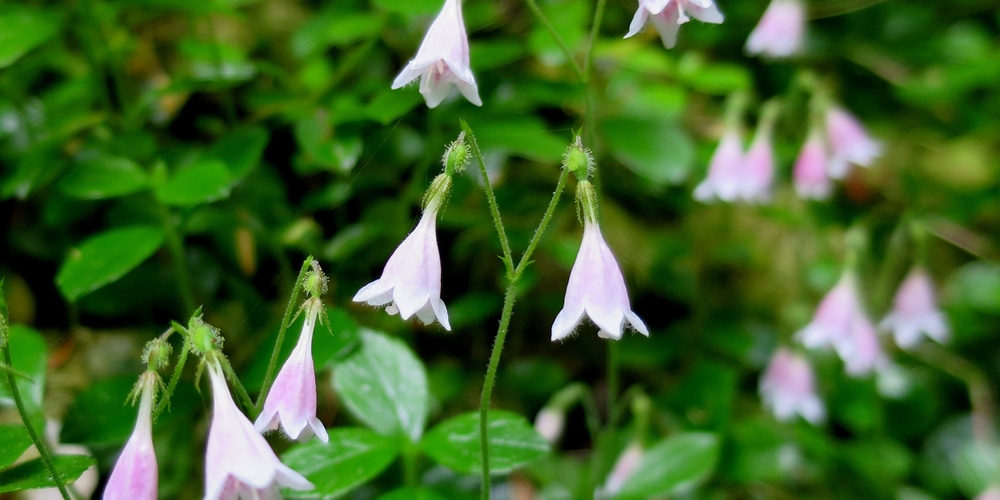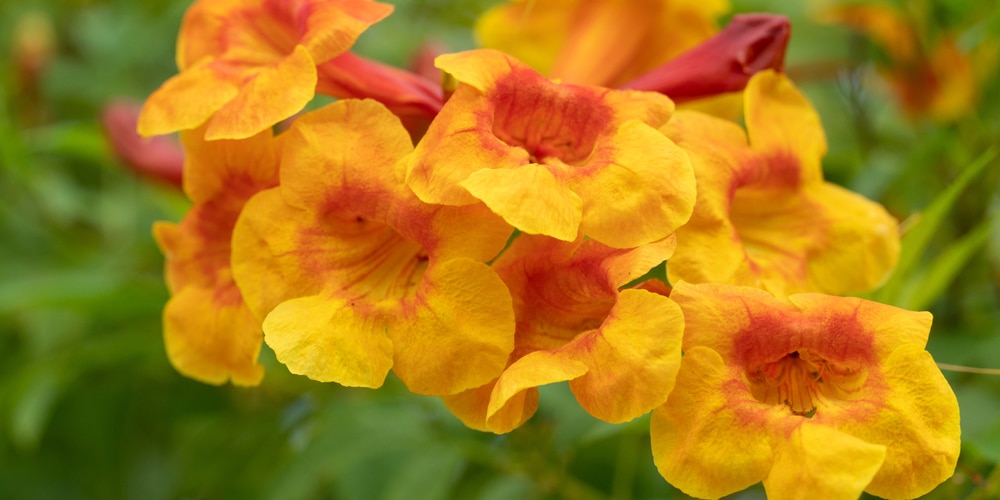Northern Idaho is known for its beautiful wildflowers. This region of the state is home to many different species of flowers. Today you will learn more about North Idaho wildflowers, and find out why so many people love them. Let’s get started, shall we?
North Idaho wildflowers
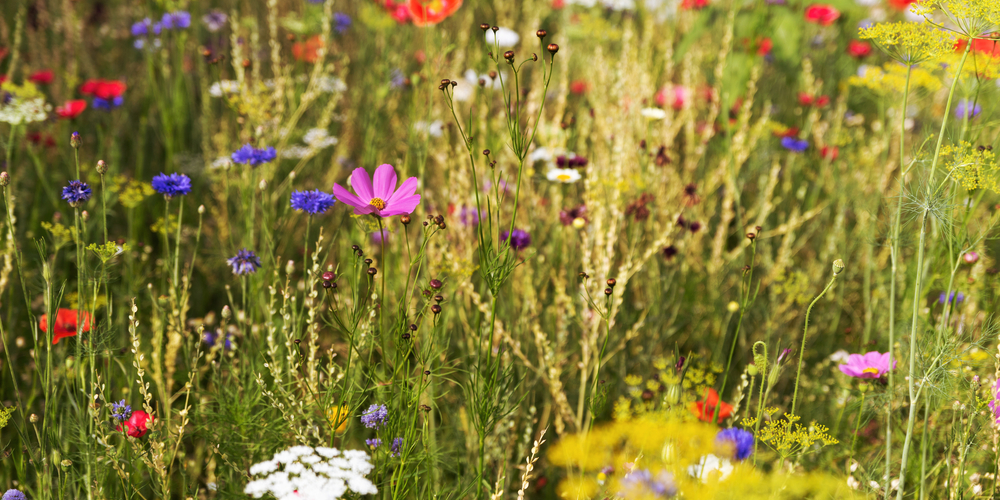
Here are some common North Idaho wildflowers that you can add to your yard.
Shooting Star
Shooting star is a wildflower native to Northern Idaho, and it is one of the most impressive plants around. This plant produces deep purple flowers that resemble darts.
The plant can be found growing in open meadows, and they have green leaves located at the bottom of the base. Shooting star will bloom from April to June.
Buttercup
Buttercup is a well-known wildflower that can be found growing in mountain meadows. This plant gets its name from the beautiful yellow flowers that look like cups holding butter.
Each flower can have 5 to 8 pedals, and there are normally two flowers per branch. Buttercup wildflowers are shiny and very appealing to the eye.
Trillium
Trillium produces large white flowers that appear on a single stem. This plant can grow up to 16 inches tall, which is quite impressive.
Trillium is mostly found along the banks of streams or in the deep woods. It is easy to recognize due to its unique-looking flowers and the area where it commonly grows.
Sego Lily
Sego lily is a summer-blooming wildflower that produces a tulip-like white flower. It is a beautiful plant that grows in open forests.
The plant doesn’t like moisture and only grows in areas that are dry most of the year. Sego lily can easily be identified by its big white flower that has three pedals.
Honeysuckle
Many of you are probably already familiar with the honeysuckle. This vine-like wildflower can reach lengths of up to 30-feet. Honeysuckle can be found growing on trees, fence rows, and other structures.
This plant produces orange flowers in the summer that can turn into red berries before fall. This plant is native to many parts of the country, including Northern Idaho.
Lupine
This beautiful wildflower can be found growing in valleys and mountains. While lupine is an eye-catching plant, it is considered to be poisonous. The flowers of this plant grow in clusters and are blue in color.
The main stems of the plant can reach up to 2 feet in height.
Queen’s Cup
Another beautiful but poisonous wildflower is queen’s cup. This plant grows in shady areas of the forest and can grow up to 8 inches in height.
Queen’s cup provides food for the Ruffed Grouse, but the berries are highly toxic to humans. The flowers of the plant are small and white in color.
Grass-Widow
Grass-widow grows in clusters, and the plant resembles the iris. The plant has long green stems with purple flowers at the top. Each stem will contain 2 to 4 flowers. They can be found growing in many areas, including meadows, grassy hillsides, and woods.
Twinflower
Twinflower has two paired flowers that hang down from the stem of the plant. The flowers are bell-shaped and come in either white or pink.
Twinflower loves to grow around boggy areas like stream banks, and wetlands.
Yellowbell
Yellowbell is one of the first wildflowers that you will find in the spring. It has a downward hanging bright yellow flower that appears at the top of a long stem.
This plant is mostly found in conifer forests and grasslands. It is a beautiful plant with large green leaves that are located at the base of the plant.
Fairy Slipper
A beautiful wildflower with an interesting name, fairy slipper is native to Northern Idaho. This plant has purplish flowers that drop down from the stem. It is often found growing in boggy woods and thrives in areas with tons of organic matter.
The bulb of this plant is edible, but you should only harvest it if there is a life-or-death situation due to its rarity.
North Idaho wildflowers: Conclusion
These wildflowers are both attractive and beneficial. They help pollinators like bees thrive, and they are a real joy to look at.
If you live in Northern Idaho, you should definitely check out these amazing plants. Chances are, you may have some of these growing in your backyard.
Related Article: Planting Zones in Idaho
